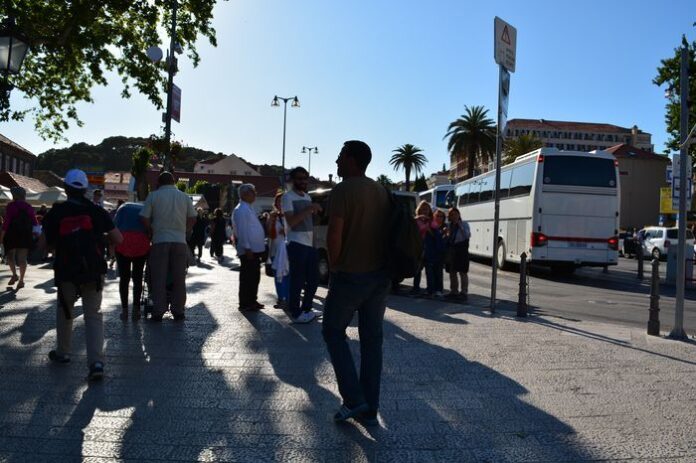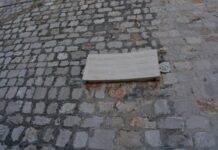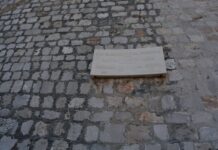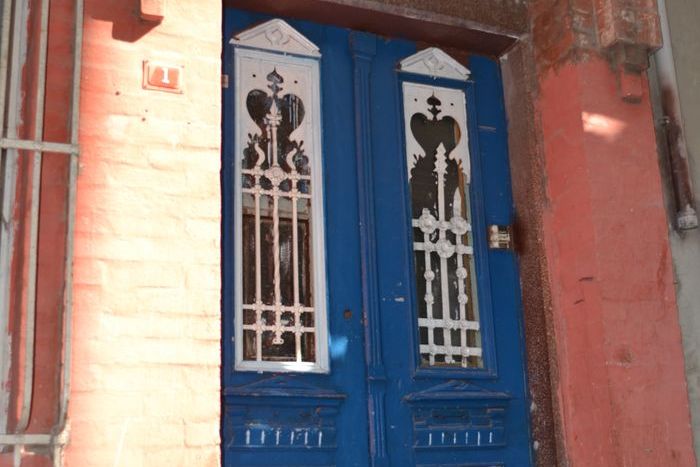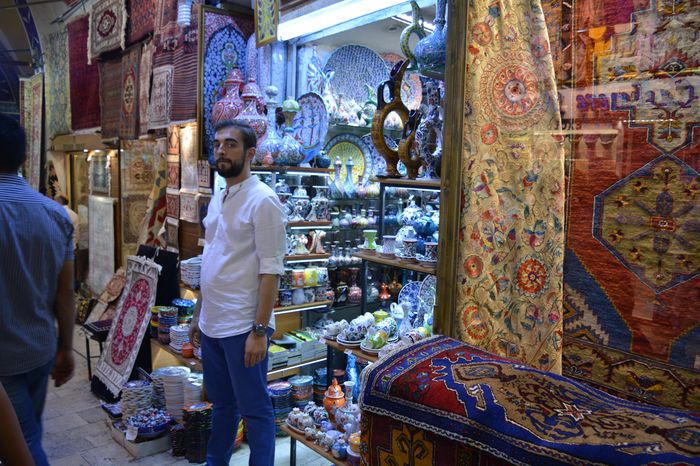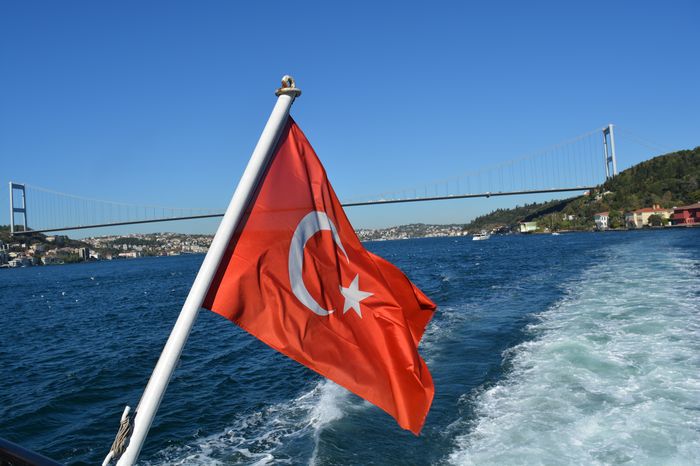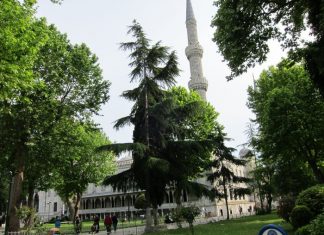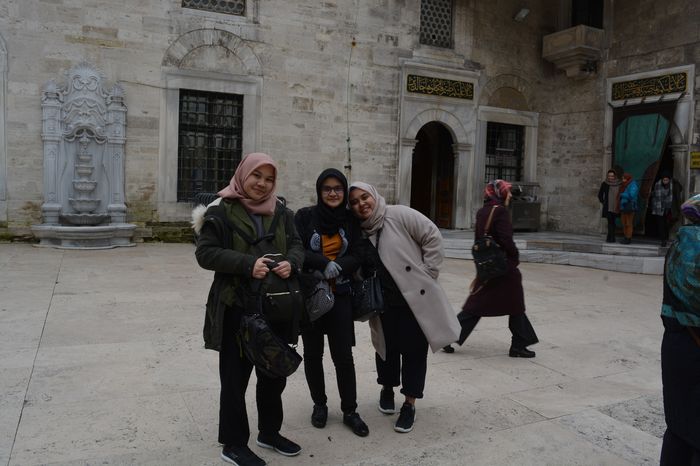The Kerko Porta has an interesting history. When Emperor Frederick Barbarossa was on his way to the Holy Land as part of the Third Crusade, he stopped in Philippopolis. At that time, people feared that he might have plans to attack the Byzantine Empire. This fear was reflected in a prophecy made by a monk named Dositheos, who lived in the Monastery of St. John Studius. He predicted that the German emperor would capture Constantinople and enter the city through the Kerko Porta. In response to this prophecy, Emperor Isaac Angelus ordered the gate to be sealed shut to prevent such an event from happening The Suburb Near Cosmidion.
The Gate’s Role in Byzantine History
In 1346, supporters of John Cantacuzene planned to open the Kerko Porta to let him into the city after it had been closed for a long time. This shows that the gate had significant strategic value, and many believed it could be used to enter Constantinople in times of crisis.
However, the most famous event related to the Kerko Porta occurred in 1453, during the final siege of Constantinople by the Ottoman Turks. According to the historian Ducas, the gate played a crucial role in the fall of the city.
The Fall of Constantinople and the Kerko Porta
In 1453, the Ottoman Empire had surrounded Constantinople, and the city’s defenses were under heavy attack. A large section of the Outer Wall at the Mesoteichion had been destroyed by the Turkish cannons, making it difficult for the defenders to move freely without exposing themselves to enemy fire. In this desperate situation, some elderly citizens, who were familiar with the city’s fortifications, told the emperor about a secret postern (a small, hidden door) that had been sealed and buried underground for years. This hidden entrance was located at the lower part of the palace, and it provided a way for the besieged Greeks to move between the palace and the rest of the city Daily Sofia Tours.
The emperor ordered the secret gate to be reopened, which allowed the defenders to access the outer areas of the city. This was a crucial advantage for the Greeks during the siege.
The Turkish Breakthrough
However, on the final day of the siege, while the Ottomans were trying to scale the walls with ladders, a group of fifty Turkish nobles discovered the newly opened Kerko Porta. They rushed in, climbed the walls from the inside, and killed or drove off the defenders at the top of the walls. This allowed the Ottomans to secure a part of the fortifications, and soon they were able to set up ladders and take control of the Inner Wall.
As Turkish forces entered the city, they began firing on the Greeks fighting in the peribolos (the open area near the walls). At this point, panic broke out among the defenders, who were already weakened by the loss of their commander Giustiniani. In a chaotic retreat, many Greeks tried to escape into the city through the Gate of Charisius, with many being trampled in the rush.
The End of the Byzantine Empire
With the Kerko Porta now open to the Ottoman forces, the fate of Constantinople was sealed. The Emperor died at his post, and the Ottomans poured into the city without any further resistance. The fall of Constantinople marked the end of the Byzantine Empire, and the city became part of the Ottoman Empire.
The Kerko Porta thus played a key role in the final days of Constantinople, and its opening marked the beginning of the end for the Byzantine Empire. Let me know if you’d like more details about other aspects of Constantinople’s fall or Ottoman history!
